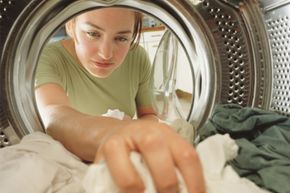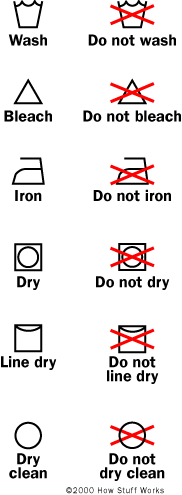Have you ever thought you lost a sock in the dryer, only to discover it stubbornly clinging to the arm of your sweater? Or maybe you've picked up a freshly cleaned shirt, only to feel a stiff texture instead of the warm softness you expected? If you frequently encounter these issues, you're probably at a loss when asked: what do dryer sheets do? Because dryer sheets are designed to help prevent precisely these issues!
The reason these problems arise isn't necessarily because your clothing is cheap or because something is going wrong in the laundry. Instead, they're usually side effects of wet washing and the automated dry cycle. When clothes are tumbling together in the dryer, they can become stuck together through static electricity.
Advertisement
Yes, dryer sheets can eliminate excess static cling, but they're far more interesting than that. In this article, we'll discuss how fabric softeners -- and dryer sheets, in particular -- are created. We'll also explain how dryer sheets work and reveal some surprising uses that aren't advertised!




